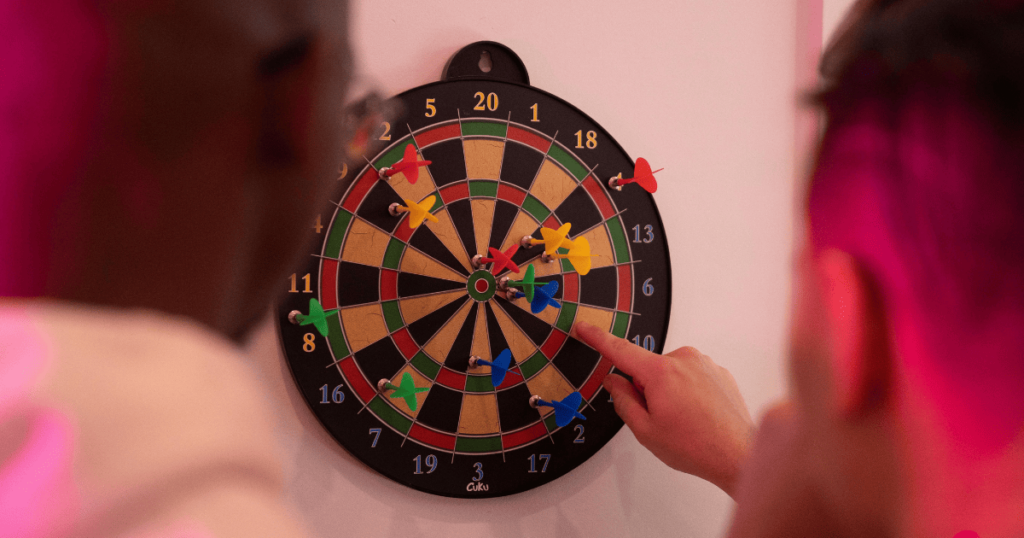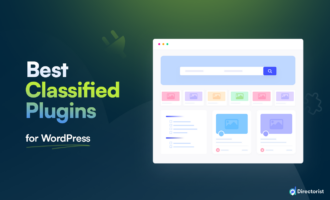The Psychology of Pricing in Classified Ads
Have you ever meticulously chosen a price for your used furniture only to be met with radio silence? Conversely, have you impulsively purchased a seemingly overpriced item based solely on the way it was advertised?
In the time of classified ads, the price quietly speaks for itself, shaping how buyers see and react to your offer. In this article, we will explore the psychology of pricing in classified ads, uncovering the subtle ways it influences buyer perception and response rates.
So, without further ado, let’s dig deeper.
Common Pricing Strategies in Classified Ads
Classified ads often present a unique scenario for pricing, as they involve individual sellers directly connecting with potential buyers. While the overall approach may be different from business-to-consumer pricing, several common strategies still apply.
i. Value-based pricing
This focuses on what the item is worth to the buyer, not just the cost to the seller.
- Consider factors like the item’s condition, age, brand, demand, and uniqueness to determine its perceived value.
- You can research similar items on the same platform or elsewhere to understand the general market value.
ii. Competition-based pricing
This involves looking at what similar items are selling for on the same platform or in your local area.
- Research actively selling and recently sold ads to understand the competitive landscape.
- You can price slightly below or above the competition depending on your item’s condition, urgency to sell, or negotiation strategy.
iii. Fixed price
This is a straightforward approach where you set a specific price for your item and stick to it.
- This works well for high-demand items or if you have a clear idea of its worth.
- This approach might not be as flexible and could limit your potential buyers if your price is high compared to similar offerings.
iv. Negotiable price
Here, you set an asking price but are open to negotiations with potential buyers.
- This allows you some flexibility while still starting with your desired price point.
- Be clear in your ad that the price is negotiable and be prepared to receive and consider offers.
v. Bundle pricing
You can group multiple related items and offer them at a discounted price compared to selling them individually.
- This can attract buyers looking for a complete package and help you sell slower-moving items alongside more desirable ones.
Try HelpGent
See your online business grow
Psychological Factors Affecting Price Perception in Classified Ads
Beyond the objective cost of a product, several psychological factors influence how consumers perceive its price, impacting their purchasing decisions. Understanding these factors is crucial for businesses to effectively reach their target audience and optimize their pricing strategies. Here are some key psychological factors affecting price perception.
1. Anchoring

This cognitive bias occurs when consumers rely heavily on the first piece of information they encounter when deciding. In pricing, the initial price presented acts as an “anchor” that influences their perception of subsequent prices.
For example, a car dealership website might showcase a luxury model with all the features, setting an anchor price. Then, they present a more affordable option, making it seem like a better deal.
2. Reference points

Consumers evaluate prices based on their internal reference points, including:
- Past experiences: Previous purchases of similar products.
- Expected price: The price they anticipate for a product based on its category, brand, or perceived quality.
- Competitor prices: Prices of similar products offered by other brands.
If you usually buy a particular brand of coffee at $5, a $4 price tag might seem like a good deal, even if it’s not the absolute lowest price available.
3. Price framing and perception

How prices are presented can significantly impact their perceived value. Here are some examples of price framing and perception.
- Discounts and savings: Highlighting the percentage or amount saved compared to the original price makes the product seem more attractive.
- Investment framing: Positioning the purchase as an investment in oneself or one’s well-being can justify a higher price tag.
- Odd-ending pricing: Ending prices in digits like “.99” can create the perception of a lower price compared to a rounded number.
4. Perceived quality

Consumers often associate higher prices with better quality, even if there’s no objective correlation. This is often exploited by luxury brands that emphasize the craftsmanship, materials, or exclusivity of their products.
For example, a higher-priced bottle of juice might be perceived as having a superior taste compared to a cheaper option, even if they are indistinguishable in a blind taste test.
5. Social proof and influence

People tend to look to others for guidance, especially in uncertain situations. This can be leveraged by using social proof, such as testimonials, reviews, or influencers, to influence price perception.
Seeing positive reviews of a product, even at a higher price point, can make it seem more appealing and worth the investment.
6. Scarcity and fear of missing out (FOMO)

Creating a sense of scarcity or FOMO can significantly impact price perception. Limited-time offers, flash sales, or countdown timers can trigger a fear of missing out, leading consumers to perceive a higher value in the product and be more willing to pay the asking price.
An online retailer, for an example, might promote a “limited-time offer” with a limited quantity of discounted items, making the product seem more desirable and the price more justifiable.
Additional Tips for Effective Pricing in Classified Ads
i. Market value
Before setting a price, research the market value of similar items being sold in your area. This can be done through online classifieds, local businesses, or price guides specific to your item type (e.g., Kelley Blue Book for cars). Aim to price slightly below the average advertised price to attract potential buyers while still aiming for your ideal selling price.
ii. Your bottom line
Determine your minimum acceptable selling price. Consider the item’s condition, age, any necessary repairs, and your urgency to sell. Don’t undercut yourself too much and risk losing out on a fair deal.
iii. Seasonal fluctuations
Be aware of seasonal trends that may affect demand and pricing. For example, bicycles may sell faster and at higher prices in springtime, while winter clothing might be priced lower during warmer months.
iv. Psychology of pricing
Consider using odd-number pricing (e.g., $199 instead of $200) as it can seem psychologically more appealing to buyers.
v. Negotiability
Decide if your price is firm, negotiable, or open to the best offers. Stating your stance clearly can set expectations with potential buyers and avoid unnecessary back-and-forth communication.
vi. Promotions and bundles
Consider offering promotions or bundle deals for multiple items. This can incentivize buyers and potentially help you sell more items quicker.
vii. Highlight item condition
Be upfront about the condition of your item in the ad description. This helps set realistic expectations for buyers and avoids wasting anyone’s time.
viii. Disclose any flaws
Don’t try to hide imperfections or potential issues with the item. Mention them honestly in the ad and be prepared to answer questions about them.
ix. Be open to questions
Encourage potential buyers to reach out with questions about the item or its price. Open communication fosters trust and can lead to a successful sale.
x. Cost of selling
Factor in any associated costs with selling the item, such as advertising fees, cleaning costs, or potential shipping expenses. These costs may influence your final selling price.
xi. Competition
Monitor similar ads and adjust your pricing accordingly. If your competition offers significantly lower prices, you might need to adapt to stay competitive.
xii. Time pressure
If you’re in a hurry to sell, you might need to be more flexible with your pricing. However, avoid undercutting yourself too much just to sell quickly.
Conclusion
Understanding the intricacies of the psychology of pricing in classified ads is essential for effective advertising. Price serves as a silent influencer, impacting buyer perception and response rates. By leveraging the subtle psychological mechanisms at play, advertisers can optimize their pricing strategies to resonate with potential buyers, ultimately enhancing the success of their classified ad campaigns.
If you liked our posts, don’t forget to subscribe to our blog so that we can notify you once any post is published. Directorist is now on Facebook, Twitter, and LinkedIn! You can also join the Directorist Community to share your thoughts and experiences relating to the directory niche. Come and join us to see what we’re up to.




Leave a Reply
You must be logged in to post a comment.